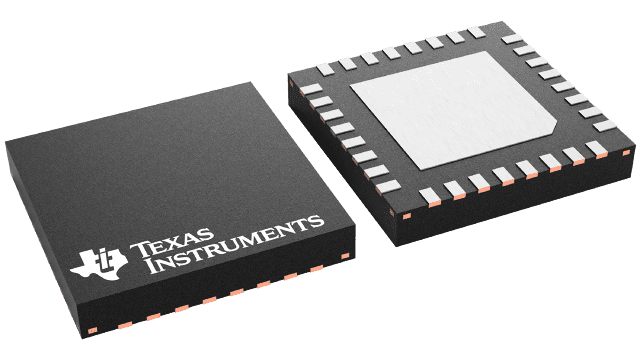Texas Instruments
LM3000SQ/NOPB
LM3000SQ/NOPB
Couldn't load pickup availability
LM3000SQ/NOPB Texas Instruments - Yeehing Electronics
3.3-V to 18.5-V, dual-ouptut current mode synchronous buck controller
Pricing (USD)
| Quantity | Unit Price |
| 1 — 99 | 4.898 |
| 100 — 249 | 3.993 |
| 250 — 999 | 3.138 |
| 1,000 + | 1.86 |
The above prices are for reference only.
Specifications
| Manufacturer | Texas Instruments |
| Product Category | Switching Controllers |
| RoHS | Y |
| Number of Outputs | 2 Output |
| Switching Frequency | 200 kHz to 1500 kHz |
| Duty Cycle - Max | 85 % |
| Output Voltage | 0.6 V to 14.8 V |
| Output Current | 20 A |
| Minimum Operating Temperature | - 40 C |
| Maximum Operating Temperature | + 125 C |
| Mounting Style | SMD/SMT |
| Package / Case | WQFN-32 |
| Packaging | Reel |
| Operating Temperature Range | - 40 C to + 125 C |
| Series | LM3000 |
| Type | Current Mode PWM Controllers |
| Brand | Texas Instruments |
| Development Kit | LM3000EVAL/NOPB |
| Product Type | Switching Controllers |
| Factory Pack Quantity | 1000 |
| Subcategory | PMIC - Power Management ICs |
For more information, please refer to datasheet
Documents
| LM3000SQ/NOPB Datasheet |
More Information
The LM3000 is a dual output synchronous buck controller which is designed to convert input voltages ranging from 3.3V to 18.5V down to output voltages as low as 0.6V. The two outputs switch at a constant programmable frequency of 200 kHz to 1.5 MHz, with the second output 180 degrees out of phase from the first to minimize the input filter requirements. The switching frequency can also be phase locked to an external frequency. A CLKOUT provides an external clock 90 degrees out of phase with the main clock so that a second chip can be run out of phase with the main chip. The emulated current-mode control utilizes bottom side FET sensing to provide fast transient response and current limit without the need for external current sense resistors or RC networks. Separate Enable, Soft-Start and Track pins allow each output to be controlled independently to provide maximum flexibility in designing system power sequencing.

